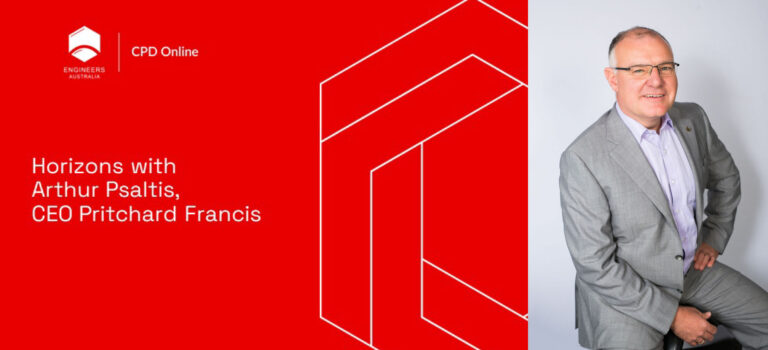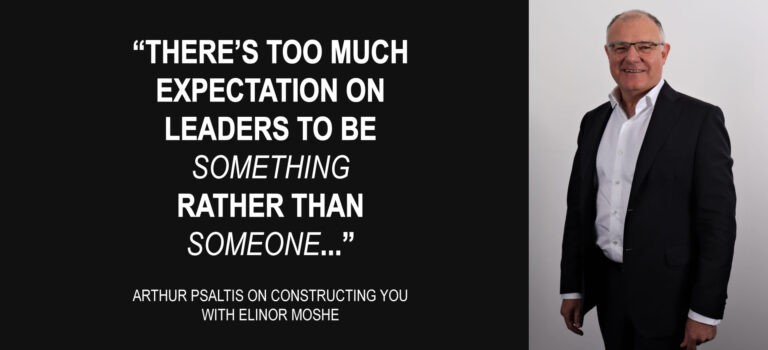There are many issues of concern for society currently. In the workplace, none is more important than mental health.
When medical illness is directly attributable to the workplace, it is usually quickly addressed. Physical injury is now better controlled in most work environments, and relatively easy to identify and rectify. Mental health on the other hand is complex for many reasons. It’s arguably harder to recognise, concerningly easier to hide, and far more difficult in identifying a cause.
There are clear challenges in managing the mental health of people in the workplace. Unlike physical injury, not everyone reacts the same to circumstance. A trip hazard can be eliminated or appropriately managed. This method of rectification doesn’t exist with mental health. Our approach shouldn’t be to eliminate the occurrence of mental health issues in the workplace, but rather create the best environment possible to assist those in need. Zero tolerance is the benchmark for workplace injuries. For mental health it should be 100% tolerance.
Most people who suffer severely from mental health issues require professional help. Medication is not uncommon, but not the only factor in management. Once help is sought, and treatment is referred, people have the best chance of leading a better life.
The complexity with mental health revolves around an individual firstly recognising the issue, reaching a point of acceptance, seeking help and then embracing and acting on the advice. All these things are for the individual to address. The objective of the workplace should be to create an environment that allows, and even more so, encourages all of this to occur.
So how does the workplace achieve this? What process and procedures should be implemented? What actions should be taken? What training is required? All important and valid questions.
My experience has led me to an understanding that there is no specific set of procedures, actions or training that improves the workplace to a point where we can be satisfied mental health is well managed. But there are some principles we can instil in our people that provide the best opportunity for those with mental health issues to recognise, accept, seek help, and act.
Firstly, we must do everything possible to remove the stigma. This is most effectively achieved through leadership. Open dialogue and sharing personal experiences are the cornerstone to raising awareness and creating a sense of acceptance from all.
Secondly, the workplace should be perceived as a safe haven, even though there may be elements of work adversely contributing to someone’s state of mind. The key ingredient in addressing this is based on strong and meaningful relationships. Feeling supported, confident that you won’t be judged, and comfortable in sharing thoughts and feelings, all become critical in creating that environment.
Education for all, is the third critical principle. This involves looking out for each other, knowing what signs to look for when you suspect someone may be experiencing difficulties, having the right approach to engage with that person, or simply, knowing who to go to if you see a colleague in need.
Lastly, flexibility to create the right work arrangements. To assist in management of issues, people need flexibility within the workplace. That might be time commitments at work, workload or managing the demands of work in a controlled manner. The workplace needs, as best as it can, to accommodate each individual based on their specific requirements.
These four principles are the cornerstone of creating a work environment where people have the best chance of improving their mental health.
Rather than identifying causes within the workplace and then trying to eliminate them, let’s change our emotional mindset. We must encourage friendships, show support and understanding without judgement, and simply care for one another.
If we create these fundamental values and relationships, we will all be in a healthier state of mind.



















